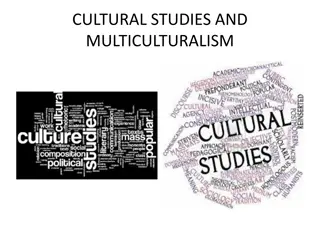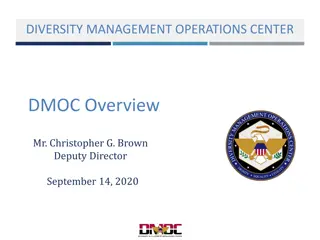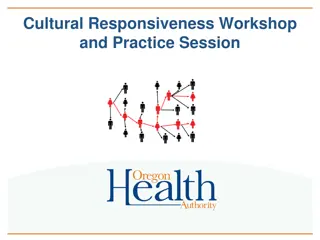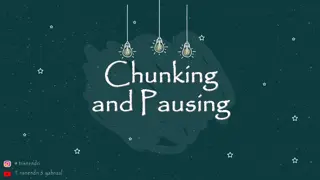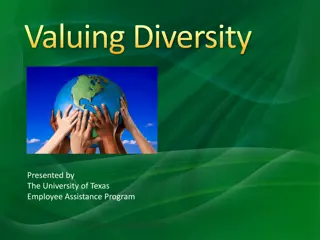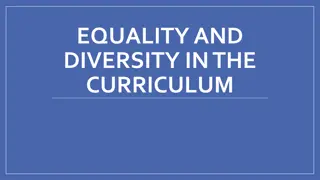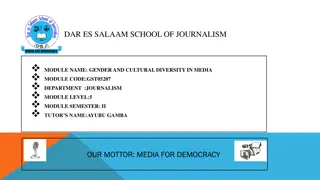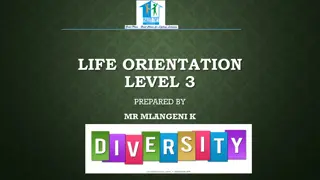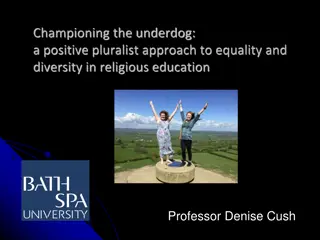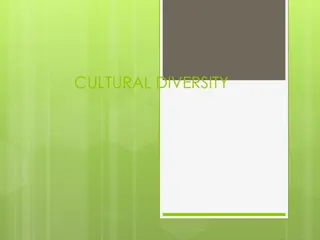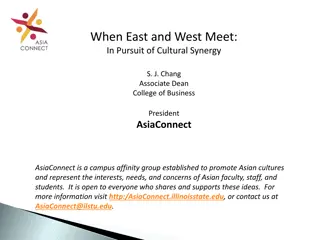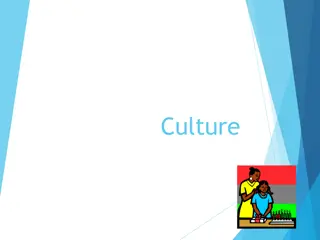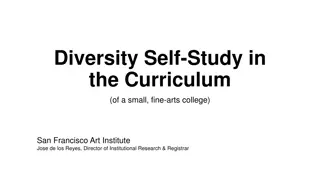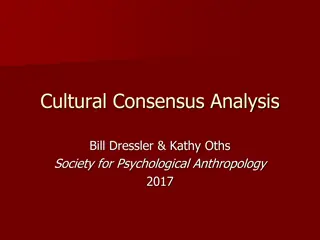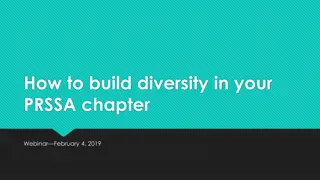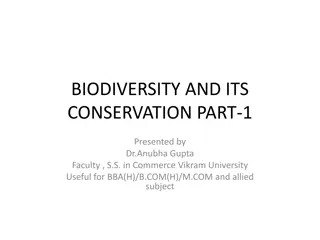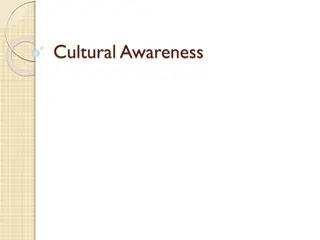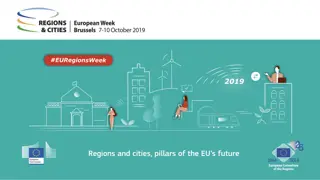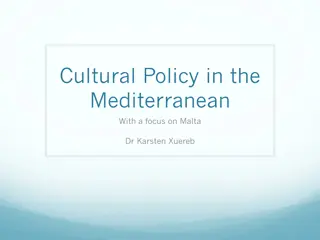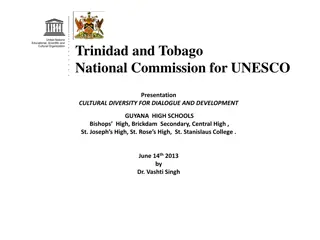Embracing Cultural Diversity in Education
Exploring the essence of culture, identity, and their impact in educational settings. Delve into the various dimensions of culture and how it influences teaching practices, student learning, and classroom dynamics. Addressing cultural conflicts, determinants, and strategies for fostering inclusivity and understanding in diverse classrooms.
Download Presentation

Please find below an Image/Link to download the presentation.
The content on the website is provided AS IS for your information and personal use only. It may not be sold, licensed, or shared on other websites without obtaining consent from the author.If you encounter any issues during the download, it is possible that the publisher has removed the file from their server.
You are allowed to download the files provided on this website for personal or commercial use, subject to the condition that they are used lawfully. All files are the property of their respective owners.
The content on the website is provided AS IS for your information and personal use only. It may not be sold, licensed, or shared on other websites without obtaining consent from the author.
E N D
Presentation Transcript
CENTER FOR STRENGTHENING THE TEACHING PROFESSION 253-752-2082 www.cstp-wa.org Culture Culturally Responsive These materials funded by the Grousemont Foundation.
Culture Culture is who we are and who we are becoming. It is the food we put on the table, the way we cook it, the utensils with which we eat it, the relations between the people who sit at the table and the people who cook and serve, what is done with the leftovers, what is discussed during the meal, what music, dancing, poetry or theatre accompany it, and the social and spiritual values of those present for when we say culture, we include visions, dreams, and aspirations of humanity. From The Power of the Word: Culture, Censorship and Voice. Women s World, 1995.
Culture, Another Definition The way of life is organized within an identifiable community or group. This includes the ways that community use language, interact with one another, take turns to talk, relate to time and space, and approach learning. There are group patterns that exist, which reflect the standards or norms used by community members to make sense of the world. (Villegas and Lucas, 2002)
Identity: Race, Culture, Ethnicity What s the Difference? Race Identity Gender Identity Nationality Identity Religion Identity Ethnic Identity Class Identity Age Identity How do you see yourself? How do others see you?
Culture Consider and reflect: What is the culture of your School District? What is the culture of your building or department? How might students and families cultures conflict with the culture of school?
Are These Cultural Determinations? Greetings Eye contact Proximity Conversations (when to interrupt) Dr. Sharroky Hollie, Executive Director of the Center for Culturally Responsive Teaching and Learning
Think about the various students and groups in your classes. What are some of the impediments they have to learning? How would you address these in your classes?


